Table of Content
History of the Saqqara Step Pyramid
King Djoser, the Builder of the Saqqara Step Pyramid
Architecture of the Saqqara Step Pyramid
Construction of the Saqqara Step Pyramid
Saqqara Step Pyramid Complex
Saqqara Step Pyramid
Explore the Saqqara Step Pyramid, an ancient marvel that displays the ingenuity of ancient Egypt. Constructed over 4,700 years ago for Pharaoh Djoser, this proto-pyramid stands as the oldest large-scale stone structure. This article, authored by a team of expert tour operators, scholars, and travel consultants well-versed in its history, aims to provide comprehensive information about the Saqqara Step Pyramid.
The Saqqara Step Pyramid marks a pivotal point in the architectural evolution that led to the creation of the iconic Pyramids of Giza. Its design set the precedent for monumental constructions that followed, showcasing the ancient Egyptians' advanced understanding of engineering and architecture.
Join us as we delve into the rich history, intricate architecture, and enduring significance of the Saqqara Step Pyramid, a cornerstone of the Step Pyramid Complex and a symbol of ancient Egyptian innovation and legacy.
History of the Saqqara Step Pyramid
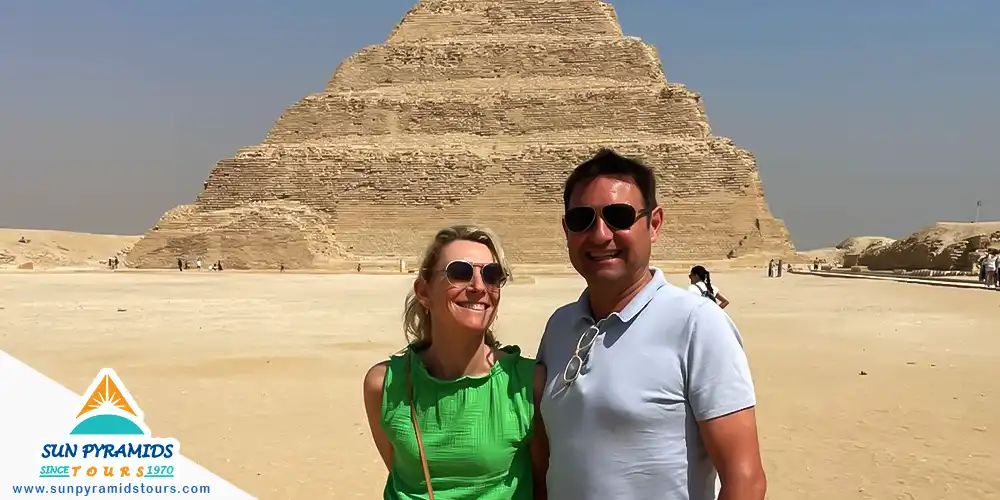
During Egypt's Third Dynasty, around 4,700 years ago, it served as the final resting place for Pharaoh Djoser (2721–2780 BCE). At that time, most of the royal and elite ancient Egyptians were buried in mastabas, rectangular funerary structures built over the tombs located underground.
Pharaoh Djoser, however, desired a new kind of structure for his burial.
The Step Pyramid was designed by Djoser's vizier, Imhotep, one of the most intelligent and innovative figures in ancient Egyptian history.
Imhotep's design transformed the traditional mastaba into a square-based pyramid, making it the centerpiece of a massive mortuary complex. This complex was situated in an enormous courtyard and surrounded by majestic ceremonial structures and beautiful decorations. The construction of the Step Pyramid marked a turning point in the evolution of architecture, setting the stage for the later development of the iconic pyramids of Egypt.
After 14 years of restoration, the pyramid reopened to visitors in March 2020, allowing modern-day explorers to witness its grandeur and historical significance.
King Djoser, the Builder of the Saqqara Step Pyramid
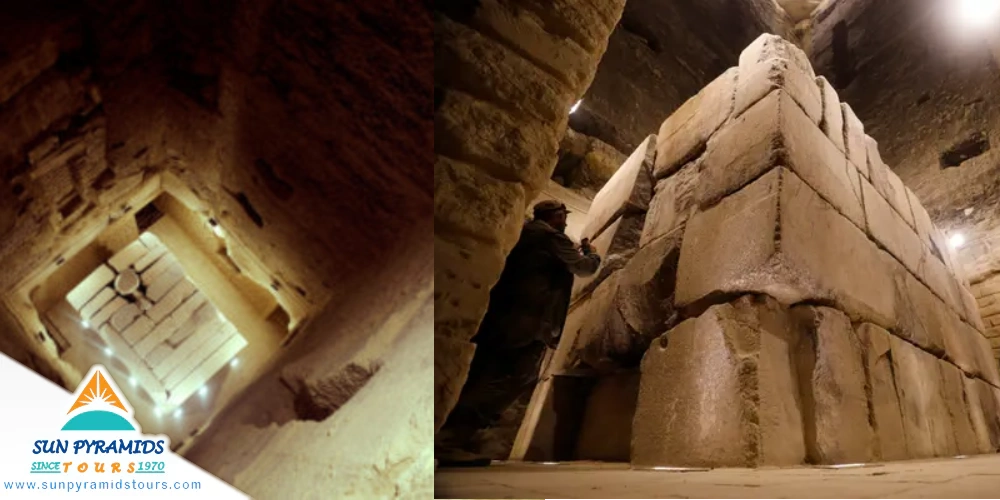
Pharaoh Djoser, also known as Netjerykhet, was the first or possibly the second king of Egypt's Third Dynasty (2670–2650 BCE) during the Old Kingdom (2686–2125 BCE). King Djoser ruled for 19 years, a period during which he commissioned the construction of the revolutionary Saqqara Step Pyramid. Unlike the traditional mud-brick mastabas used for royal burials, Djoser desired a unique and unprecedented structure.
His ambition led to the creation of the Step Pyramid, a construction that utilized rock-cut limestone and became the first monumental structure ever made of stone. This innovative approach marked a significant departure from earlier funerary architecture and set a new standard for future generations.
The Step Pyramid not only served as a tomb but also stood as a testament to Djoser's reign, showcasing his vision and ambition. The architectural marvel inspired many of his successors, cementing King Djoser's legacy as a pivotal figure in ancient Egyptian history.
Architecture of the Saqqara Step Pyramid
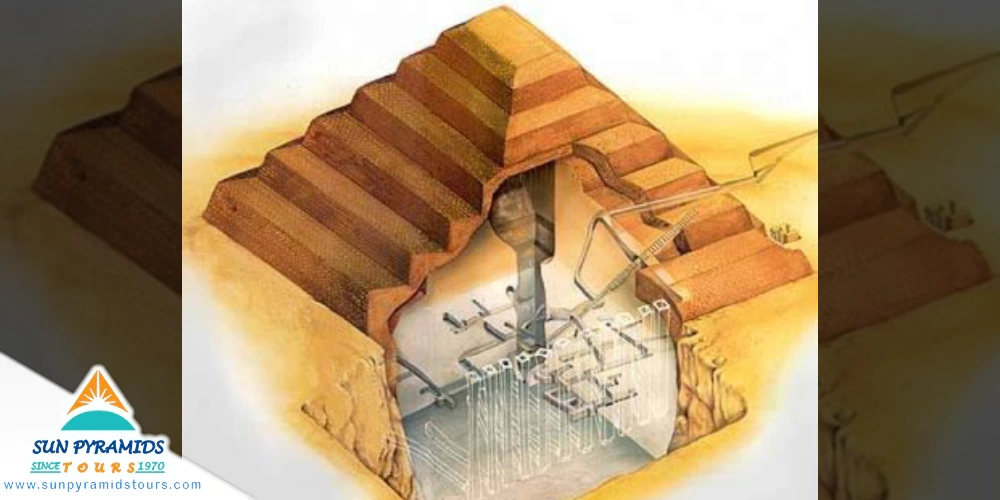
Characterized by its six stepped layers, the Pyramid rises with an almost perfect alignment to the four cardinal points, demonstrating an advanced understanding of astronomy and engineering by the ancient Egyptians. The Pyramid complex is surrounded by a high protective wall, 10.5 meters in height, with 14 doors. Only one of these doors served as the entrance for the living, while the false doors symbolized portals for the pharaoh's soul to cross into the afterlife.
The Step Pyramid complex, the first of its kind, included several structures essential for Djoser's journey to the afterlife and eternal rebirth. The king's body rested in a tomb beneath the Pyramid's base, located within the heart of a maze of tunnels. This burial chamber, measuring 13 feet in length, was encased in granite and filled with thousands of stone vessels inscribed with the names of earlier kings, although it was later robbed.
Beneath the Pyramid lies an extensive labyrinth that reaches a depth of 28 meters and extends over 6 kilometers. This network connects through a central shaft measuring 7 square meters and comprises galleries, small corridors, and tunnels. Within these passageways are over 30,000 jars made of various types of stone, such as slate, marble, and alabaster, inscribed with the names of rulers from the first and second dynasties.
Construction of the Saqqara Step Pyramid
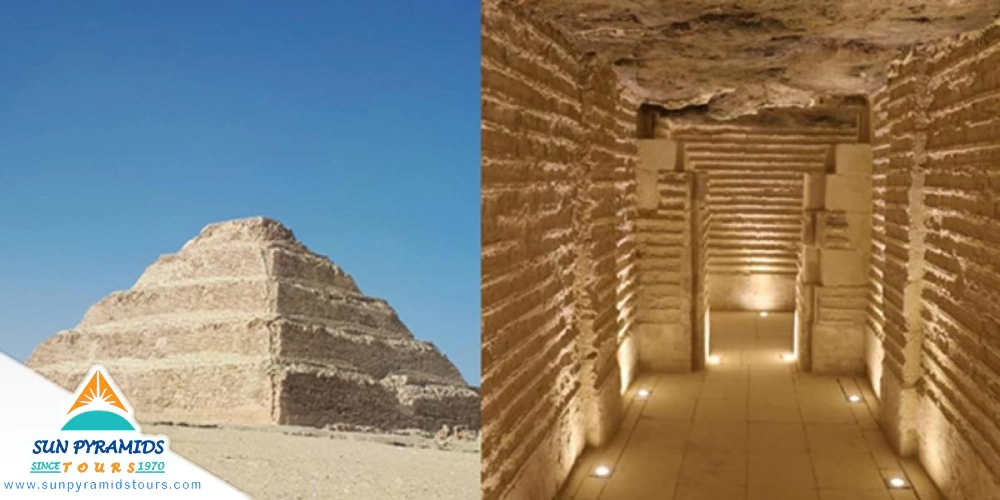
The Saqqara Step Pyramid, renowned for being the oldest large-cut stone construction, marks a key moment in ancient Egyptian funerary architecture. It revolutionized stone construction and royal burials. The Pyramid consists of six mastabas made of limestone, stacked on top of each other, forming a base measuring 109 m x 125 m (358 ft x 410 ft) and rising to a height of 62 m (203 ft). The volume of the Step Pyramid is an impressive 330,400 m3 (11,667,966 cu ft).
Beneath the Pyramid lies an extensive labyrinth of chambers and galleries, stretching up to 6 kilometers and connecting through a central shaft 28 meters deep and 7 meters square. This design is reminiscent of the more famous Great Pyramid of Khufu, reflecting early architectural ingenuity.
The Step Pyramid was discovered in 1926 by French architect and Egyptologist Jean-Philippe Lauer, who made significant contributions to our understanding of pyramid construction, particularly at the Step Pyramid Complex. His work revealed the sophisticated techniques used by the ancient builders and highlighted the significance of the site. After 14 years of extensive restoration, the Pyramid was reopened to the public in March 2020, allowing visitors to marvel at this ancient wonder.
Saqqara Step Pyramid Complex
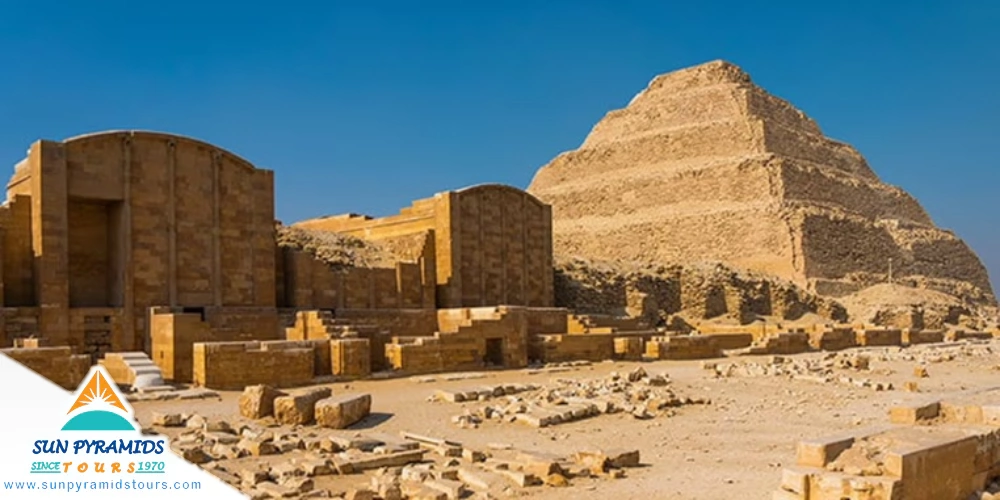
The complex includes the Step Pyramid itself, the House of the South, the House of the North, the Heb Sed Court (a celebration that takes place when a king spends 30 years on the throne), the Serdab, Temple T, the South Tomb, and the Northern Mortuary Temple, all enclosed within a 10.5-meter-high wall with 14 doors. This protective wall signifies the importance of safeguarding the king's final resting place.
House of the North and House of the South:
The House of the North and the House of the South symbolize Upper and Lower Egypt. The Serdab, meaning 'cellar,' is a limestone structure located near the northern entrance of the Pyramid. It houses a life-sized statue of Djoser. This statue is the oldest known life-sized Egyptian statuary and holds great significance for the king's soul in the afterlife. The courtyard of the complex contains thirteen small chapels within the House of the North and the House of the South.
The South Tomb:
The South Tomb features three carved panels depicting Djoser performing the Heb Sed ritual. The outer facade is plain and unadorned, but the interior is intricately designed with Djed pillars. The complex's colonnade, consisting of 40 columns attached to the wall, showcases the style of engaged columns used to support the ceiling. Between the Colonnade's rooms are statues representing Djoser as the ruler of both Upper and Lower Egypt.
The Northern Mortuary Temple:
The Northern Temple provided access to the underground passages leading to Djoser's burial chamber, a vault constructed of four courses of well-dressed granite. This vault had a single opening, sealed with a 3.5-ton block, though it was unfortunately robbed over time. The ceiling of the burial chamber is adorned with five stars, believed to be connected to the eternal North Stars that never set, symbolizing the pharaoh's eternity.
The Northern Walls:
The northern walls of the complex are decorated with reliefs and artworks depicting the king at the Heb Sed festival, which was believed to grant the pharaoh another 30 years of life. Inside the complex, intricate carvings, like one of a half-opened door, appear as actual doorways, representing symbolic passageways to the afterlife.
The Step Pyramid Complex remains a testament to the architectural brilliance and the profound cultural and religious practices of ancient Egypt, offering invaluable insights into their quest for immortality.
Cairo Tours: Exploring The Step Pyramid Complex and More
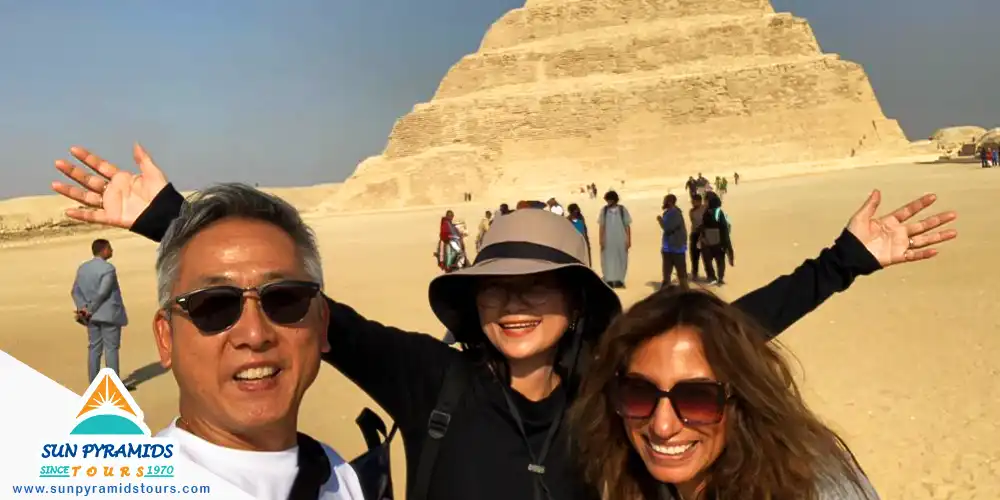
Discover the Saqqara Step Pyramid with Sun Pyramids Tours. Our expert guides will lead you through this ancient complex, showcasing its rich history and architectural splendor. Book your Cairo tour today and immerse yourself in Egypt's fascinating heritage.
Experience the awe of the ancient Egyptian Pyramids through our tailored Egypt tour packages, including a serene Nile river cruise. For those in Cairo, we offer exclusive day tours featuring the remarkable Saqqara Step Pyramid. With our knowledgeable Egyptologist guides, your journey will be educational and captivating.
Join us at Sun Pyramids Tours to explore the wonders of Saqqara and beyond. Visit our website for more details and to book your adventure.
Why do I book with Sun Pyramids Tours?
1) Expertise and Experience: Sun Pyramids Tours has a wealth of 53 years of experience in the travel and tourism industry.
2) Customized Itineraries: Sun Pyramids Tours offers tailored itineraries to suit your preferences. Whether you're interested in historical sites, cultural immersion, or adventure activities, we can design a tour that matches your interests.
3) Local Connections and Insider Access: Sun Pyramids Tours can provide you with unique opportunities and insider access to attractions and experiences that may not be easily accessible to independent travelers.
4) Hassle-Free Planning: Sun Pyramids Tours can take the stress out of planning your trip. We handle all the logistics, including accommodations, transportation, and guided tours, at competitive prices… Relax and enjoy your vacation without worrying about the details.
5) Customer Satisfaction: Sun Pyramids Tours prides itself on providing excellent customer service and ensuring customer satisfaction. They strive to meet and exceed your expectations, making your trip enjoyable and memorable. Add trip advisor reviews, Facebook page reviews, etc.
6) Safety and Security: Sun Pyramids Tours prioritizes the safety and security of their guests. We work with trusted partners, adhere to safety guidelines, and provide support throughout your journey to ensure a safe and comfortable travel experience.
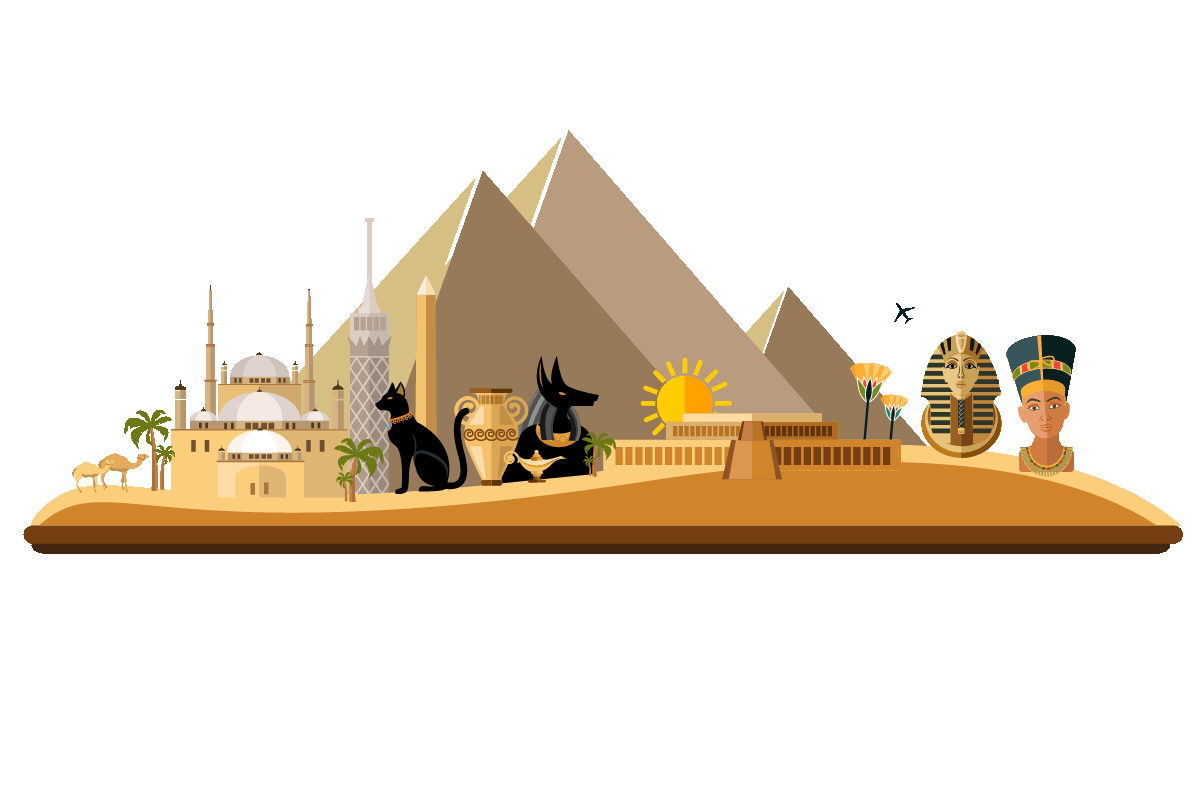
.DvizhAGb.gif)
Plan your next adventure now
Related Tours
Frequently Asked Questions
See more

There are no frequently asked questions :)
Related Blogs
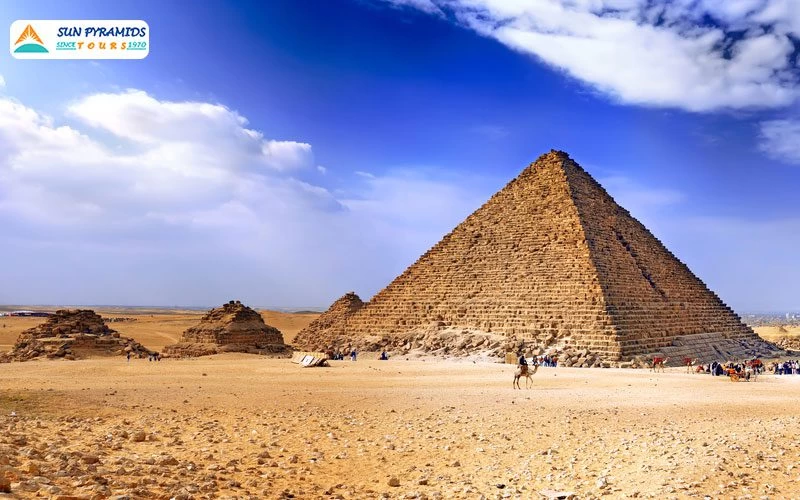
Plan A Trip to Egypt
+1 more
Ultimate Guide: How To Plan A Trip To Egypt

Christmas and New Year in Egypt
+1 more
Christmas and New Year in Egypt

Egypt Hidden Gems
+1 more
Egypt Hidden Gems

Abu Simbel Temple
+1 more
Abu Simbel Temple
Need help to Finding your Trip?
Offers
Make Trip
trips
Home

.webp)
.webp)
.jpg)


.jpg)
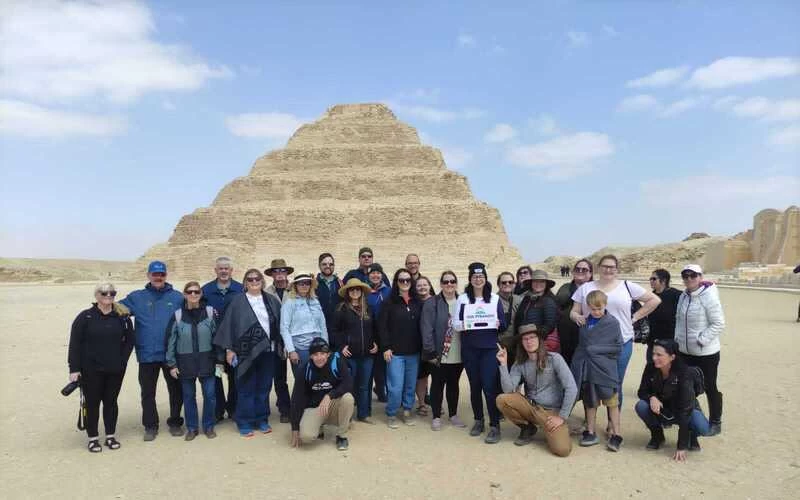







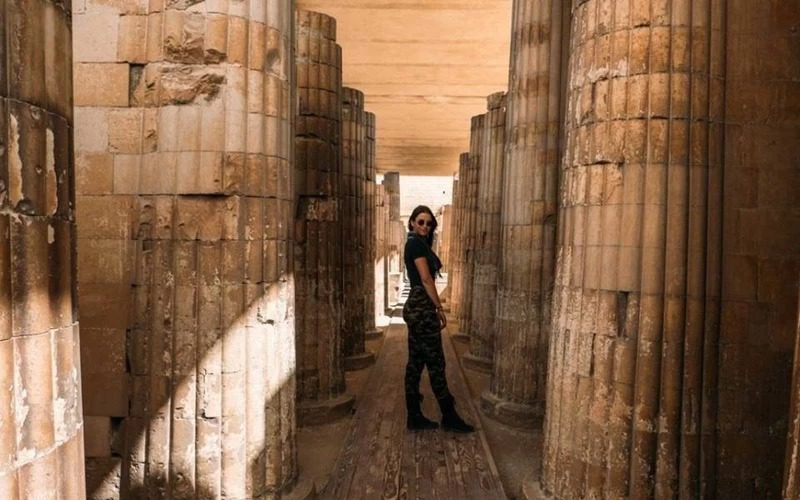

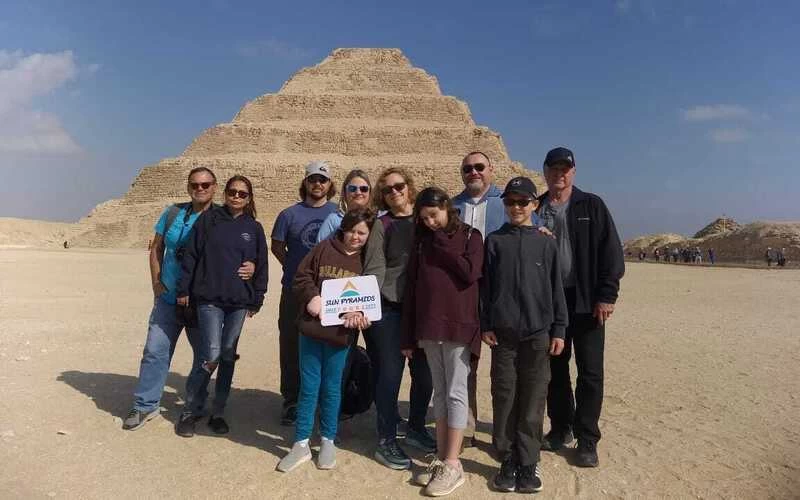

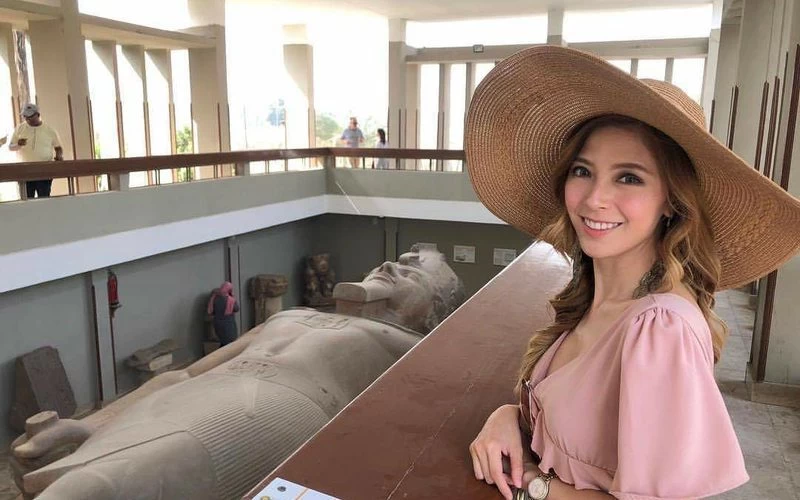
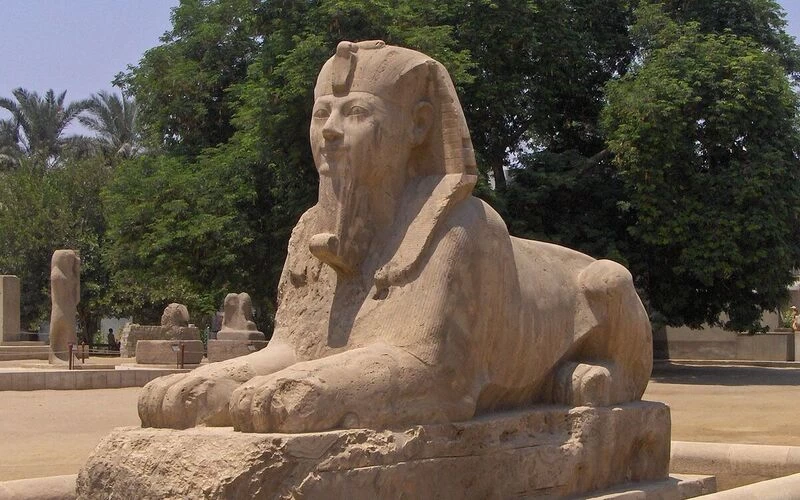

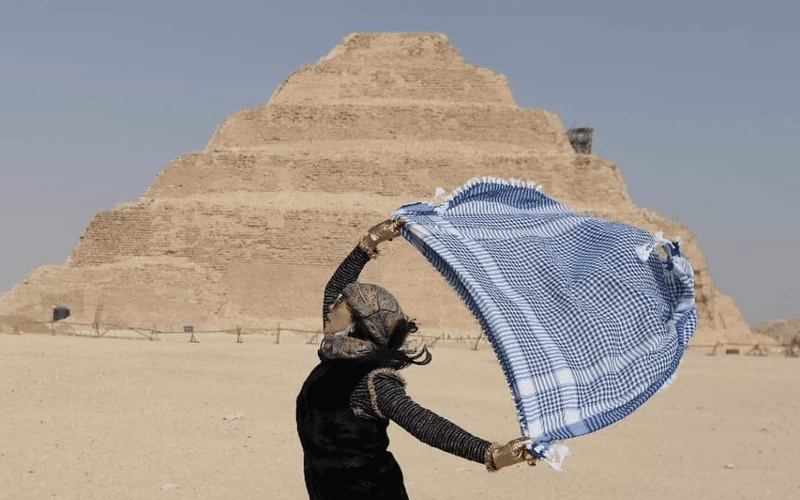

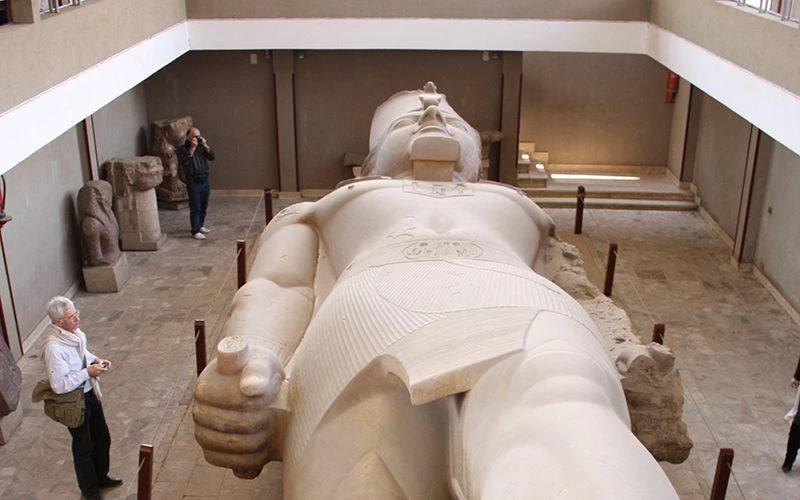

.webp)

